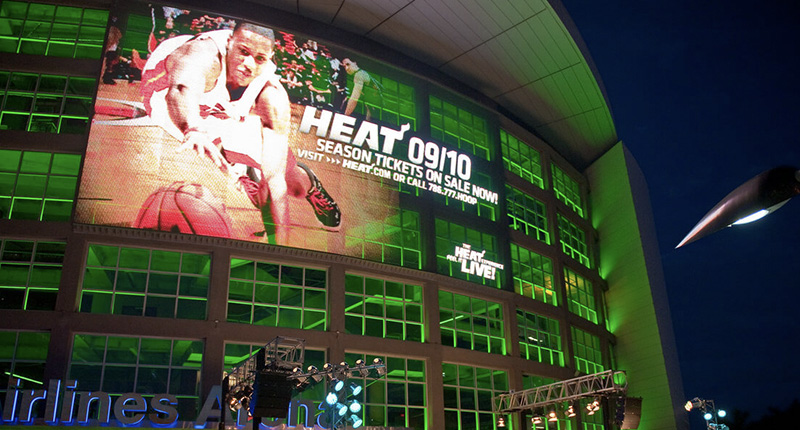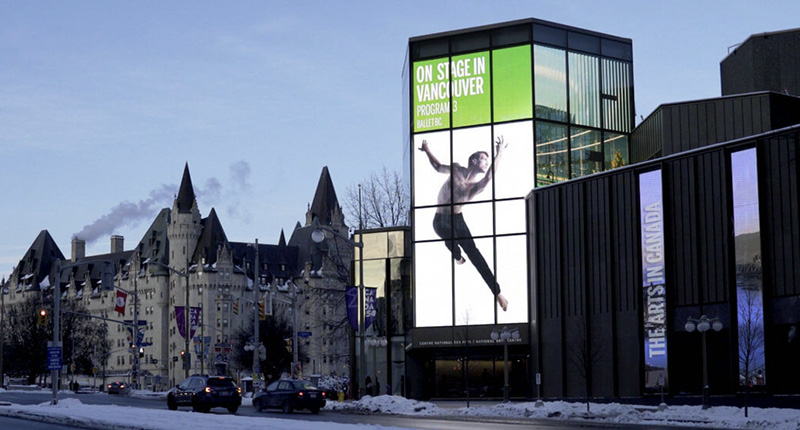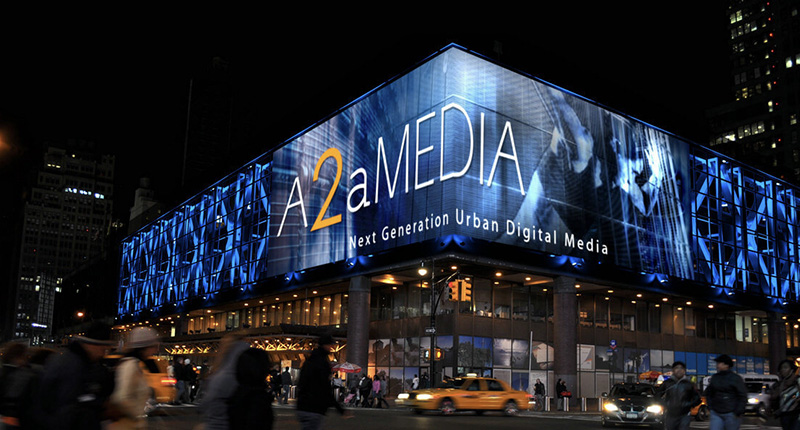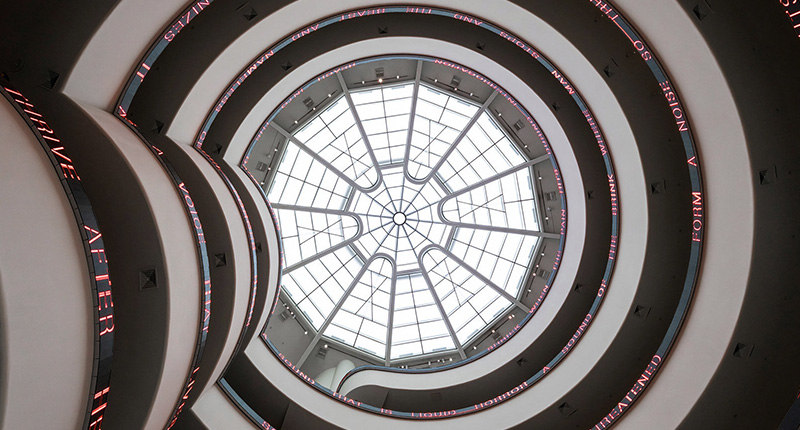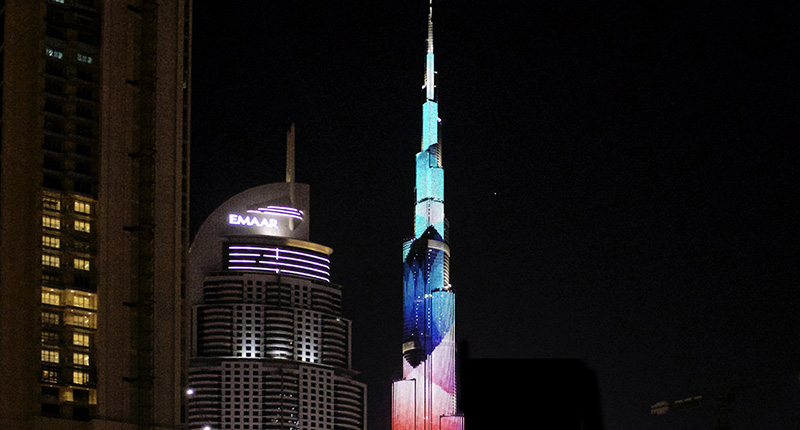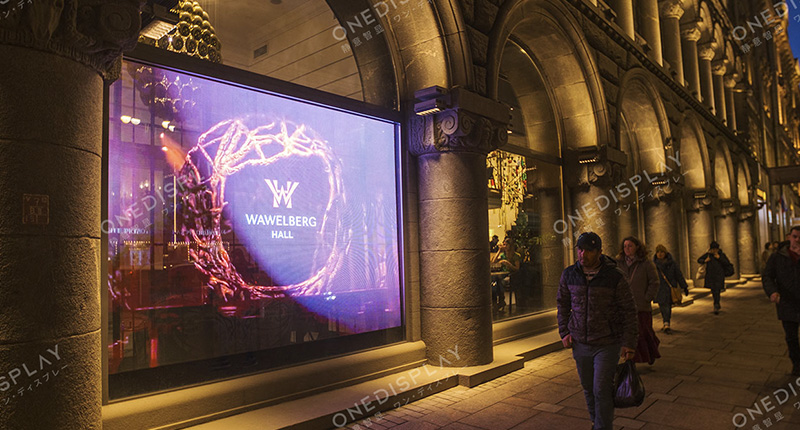Introduction to Architectural LED Screen Integration
Hey there, ever wondered how those glowing LED screens wrap around curvy buildings or fit onto historical facades? Adapting LED screens to special building structures—like curved malls, skyscrapers, or old buildings with rules—is a mix of tech, design, and planning.
Why It Matters for Unique Buildings?
Gone are the days when buildings were just boxes. Modern architecture thrives on curves, angles, and materials that defy gravity. But how do you slap a screen onto a spiraling museum or a rotating skyscraper? The answer lies in adaptive LED technology.
Think of LED screens as the chameleons of the digital world. They’re no longer flat rectangles—they can curve, flex, and even turn transparent. From stadiums shaped like floating waves to retail spaces with undulating walls, LEDs are becoming part of the building’s DNA.
Understanding the Challenges of Unique Building Designs
Curved Surfaces and Non-Linear Structures:
Ever tried wrapping a poster around a basketball? That’s what installing LEDs on curved surfaces feels like. Traditional rigid panels fail here, but modular LED systems act like puzzle pieces. Each tiny panel adjusts to the building’s contours, creating a seamless display.
Structural Limitations and Load-Bearing Issues:
Buildings must support the screen’s weight, especially for curved installations. A thorough assessment, is crucial.
Material Compatibility and Structural Integrity:
Not all buildings are made of concrete and steel. Glass facades, wooden frameworks equire screens that don’t compromise structural safety. For example, ultra-light LEDs are used on historic buildings to avoid damaging delicate walls.
Environmental Factors Like Weather and Vibration:
Outdoor screens face rain, wind, and temperature changes, needing waterproofing and robust frames.
Key Technologies for special building structures LED Solutions
Special structures pose unique challenges for LED screen installation, requiring tailored solutions. These include:
Curved and Irregular Facades: Buildings with wavy or circular designs, like shopping malls or modern art museums, need flexible LED panels that can bend. For instance, OneDisplay offers modules with sizes like 240X120mm, 320X160mm, and 270X120mm, ensuring seamless splicing for curves, these use deformable rubber bases and magnetic parts for easy shaping.
Historical Buildings with Constraints: Older buildings often have strict preservation rules, limiting modifications. Transparent LED screens, allowing natural light to pass through, are ideal, used in shopping malls and airports for a unique visual experience.
High-Rise and Skyscraper Applications: Tall buildings require screens that can withstand wind, vibration, and weather, with high brightness levels up to 5000 nits for outdoor visibility, as seen in the Guangzhou Circle’s curved LED facade.
Design Considerations for Seamless Integration
Matching Aesthetics with Building Architecture: A neon screen on a Gothic cathedral? Probably not. Designers match LED color temperatures and bezel designs to the building’s style. For instance, bronze-tinted LEDs blend into heritage sites.
Custom Shapes and Sizes for Unique Spaces: Circular screens for rotundas, triangular displays for angular roofs, One Tokyo mall even has a screen shaped like a giant sushi roll!
Color and Brightness Adjustments for Ambiance: Screens in a luxury hotel lobby dim at night to mimic candlelight, while stadium LEDs blast maximum brightness for game days. Smart sensors auto-adjust based on ambient light.
Case Studies: Success Stories
The Guggenheim Museum’s Curved Display Frank Gehry’s titanium curves met their match with micro-LED panels that followed every twist. The result? A display that looks painted onto the walls.
Dubai’s Rotating Skyscraper Facade Each floor of the Dynamic Tower rotates 360 degrees. Engineers used wireless LED mesh that stretches and contracts like spandex.
Transparent screen of European ancient architecture store Perfectly embedded in the ancient building complex, it does not block the internal lighting and does not affect the artistic design of the facade.
Tips for Choosing the Right LED Screen Provider
What to Look for in Experience and Expertise: Choose providers with case studies, like OneDisplay, for bespoke solutions on special structures.
Customer Support and Warranty Options: Ensure two-year warranties and ongoing support, for peace of mind.
Conclusion: Blending Technology with Architecture
Adapting LEDs to special structures isn’t just engineering—it’s art. By merging flexibility, creativity, and tech, we’re turning buildings into living canvases. Whether it’s a shimmering facade or a hidden tunnel display, the future of architecture is bright (and pixel-perfect).
FAQs
1.What types of buildings need special LED screen adaptations? Buildings with curves, historical constraints, or high-rise designs often need custom LED screens to fit their unique shapes and meet legal requirements.
2.Can LED screens damage historic buildings? No! Lightweight, non-invasive mounts protect delicate surfaces.
3.Are curved LEDs more expensive? Initially yes, but prices are dropping as demand grows.
4.What’s the biggest challenge in fitting LED screens on historical buildings? Preserving the building’s look while meeting modern display needs is tough, often requiring transparent screens to maintain aesthetics.
5.How can I ensure my LED screen complies with local laws? Always check municipal permits and safety codes, and work with experienced providers to navigate regulations smoothly.

